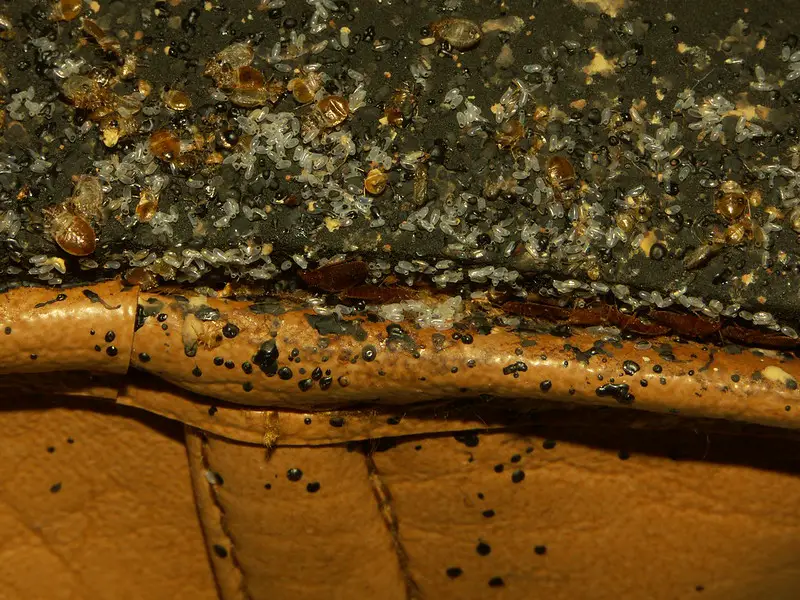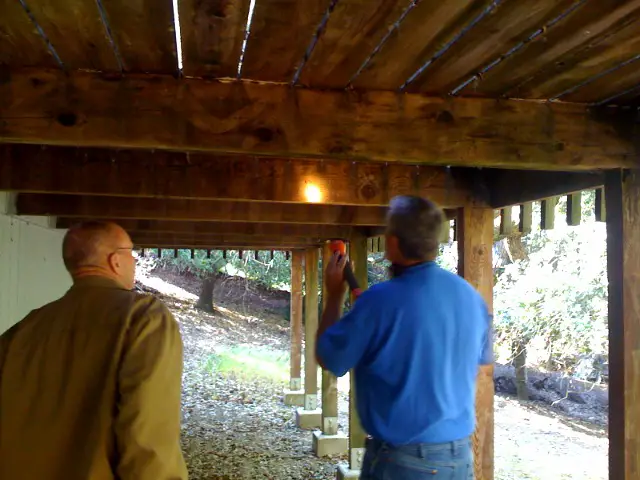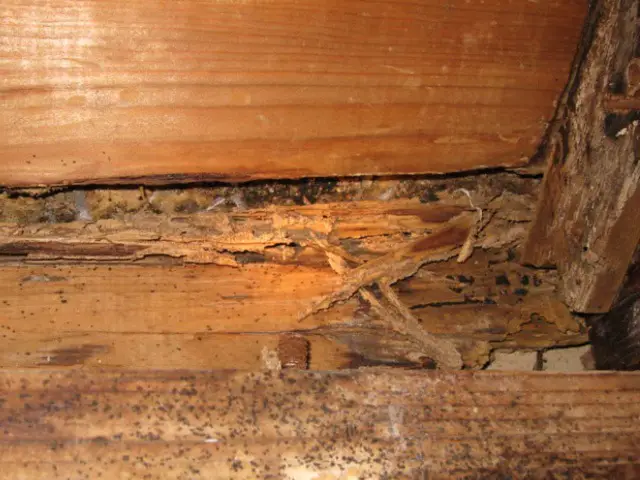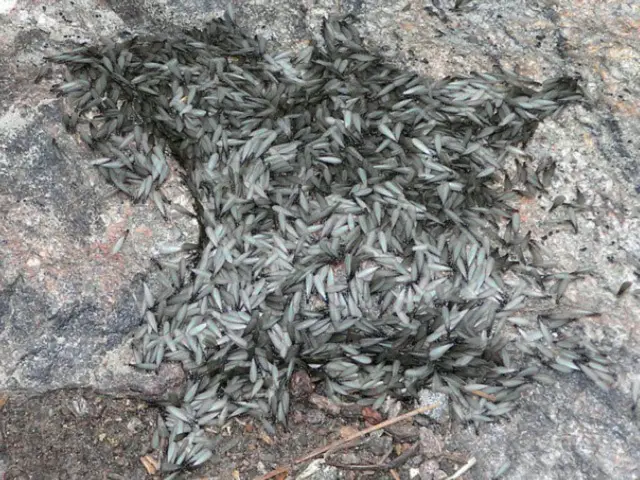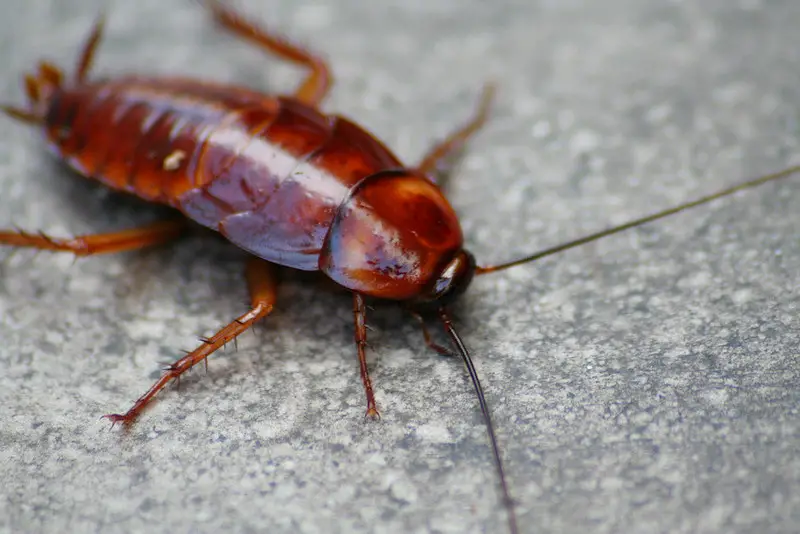Every bed bug infestation starts with eggs. The more bed bug eggs there are, the larger the infestation. Under the right conditions, females can lay eggs daily. The eggs hatch after ten days or so, becoming live nymphs. So, it doesn’t take very long to go from bed bugs eggs to a huge bed bug problem in your house.
How often do bed bugs lay eggs?
When I found out that bed bugs can lay eggs every day, I wanted to know more. Not only that these pests can lay eggs daily, but each female can lay up to seven eggs at a time. A female bed bug can lay hundreds of eggs in her lifetime. At this rate, only one female bed bug can cause a major infestation in your home.
Can you see bed bug eggs?
Even though bed bug eggs are very small, you should be able to see them if you have good eyesight. Bed bug eggs are tiny, but you can easily spot them with your naked eye. The eggs of bed bugs can be as small as poppy seeds or a pinhead.
Related posts:
Where do bed bugs hide their eggs?
Bed bug eggs are usually securely attached to hard surfaces in the breeding area.
What color are bed bug eggs?
Bed bug eggs are white. When you find bed bug eggs, you will normally find them in clusters. However, you may find unhatched bed bug eggs with eggshells in the same infested area.
What do bed bug eggs look like?
The eggs of bed bugs are semi-transparent and pearly white. They are similar to a tiny grain of rice. Bed bug eggs are sticky. That’s the reason bed bug eggs are often found in clusters.
Where do bed bugs hide their eggs?
Females can easily hide their tiny eggs. Bed bug females hide their eggs in undisturbed or untouched areas. The ideal bed bug egg hiding place is a protected area close to the food source, which means close to where you sleep. Bed bugs can crawl into some of the tiniest of cracks without trouble, and they can hide their eggs until they are ready to hatch.
The origin of bedbugs in your home can be from bats or birds. But, more commonly, they hitch-hike from places you or a visitor have traveled. Likely candidates are summer camps, vacation rentals, international travel, or even from staying at hotels.
Bed bugs are not an indication of poor sanitation, but they will reproduce much more quickly if many people are in a small area. A single bedbug from your luggage can begin the infestation.
The common signs are waking up with bed bug bites on your body, noting blood spots on the sheets, a distinct sickly sweet odor upon entering the room, seeing clusters of reddish-brown to dark brown dots on the braiding of a mattress or box springs, at baseboards, or a crack in the wall. It is possible for one person in a bed to be bitten and the other not. Also, some persons are more sensitive to the bite than others.
Make sure you read our article: “Can bed bugs bite thru clothing?”
If you suspect bed bugs but don’t see these signs, place aluminum pans with a bit of soapy water under all the legs of the bed. When you wake up, you may find a bedbug or two floating in the water. They come out at night because they detect the carbon dioxide as you breathe, which attracts them while you are sleeping.
If you were to wake up in the wee hours and turn on the light, you might see a dark brown to reddish-brown insect with an oval body and tapered abdomen. If they are engorged with blood, they will be distinctly redder and larger. The bed bugs that have not had a recent feeding will be paper-thin.
Because of this thin body, bed bugs can hide in very thin cracks. They can move in between threads of fabric, disappear into a seam of the mattress, or hide between the grain of porous wood or cracks. Treatment is extensive because bedbugs have so many hiding places. We begin at the infested bed treating the mattress, box springs, bed frame and headboard with appropriately labeled materials. Then, we will continue to move outward in the room to include the flooring, both carpets and wood floors, baseboards, nightstands, behind picture frames, chest of drawers, and dressers.
Since wood is a favored harborage area, any wood which is not sealed must be treated. Any bedding which can be washed or dry cleaned should be. Pillows, drapes, stuff toys and any cloth object left in the room will be treated. The material used to treat objects that touch humans kill bedbugs on contact but does not leave a residue; therefore, it is not harmful to humans once it is dry. The good news is that bed bugs can be eliminated, and you will not have to replace your mattress and box springs.
It is important not to delay. As you try online remedies or home cures, the bed bugs can spread. A child who is getting bitten solves her problem by taking her pillow and blanket into another room, but unfortunately, she doesn’t see the bedbug on her blanket, and the infamous hitch-hiker has invaded another habitat. Many homeowners successfully battle ants or mice, but this is one of the insects you should trust to a pest control professional.
